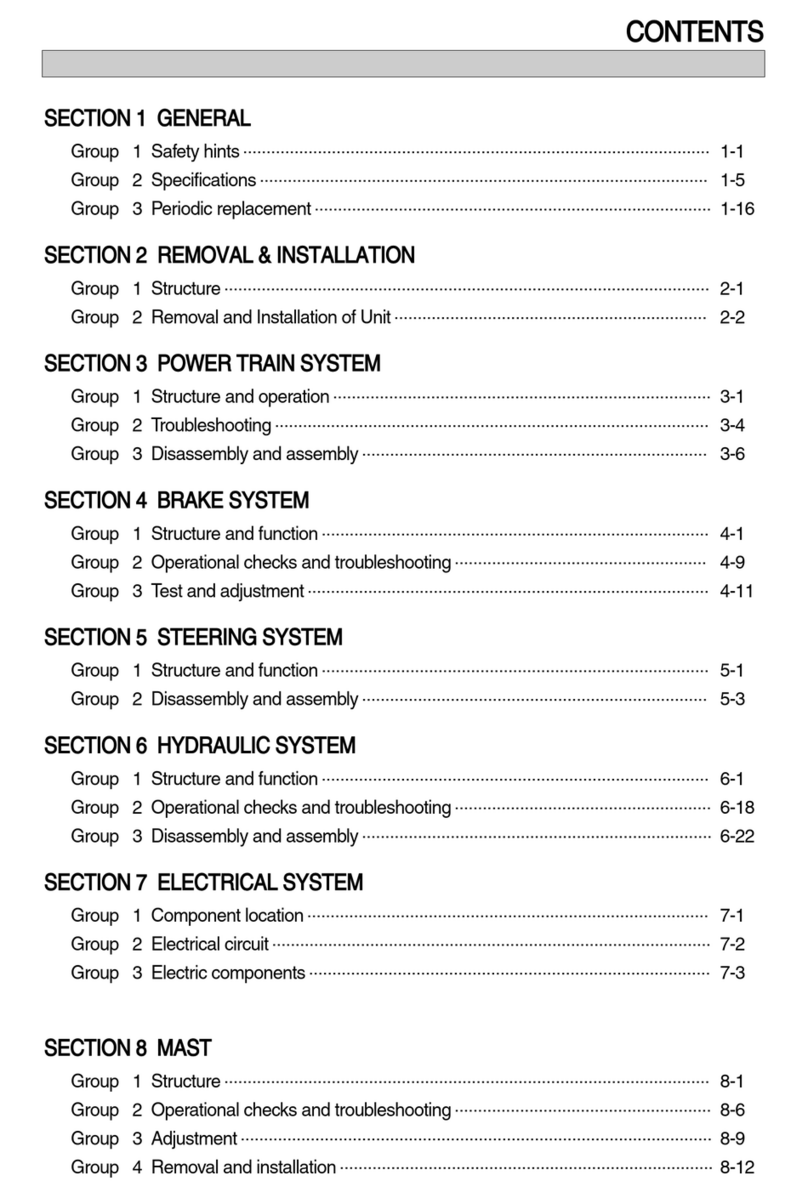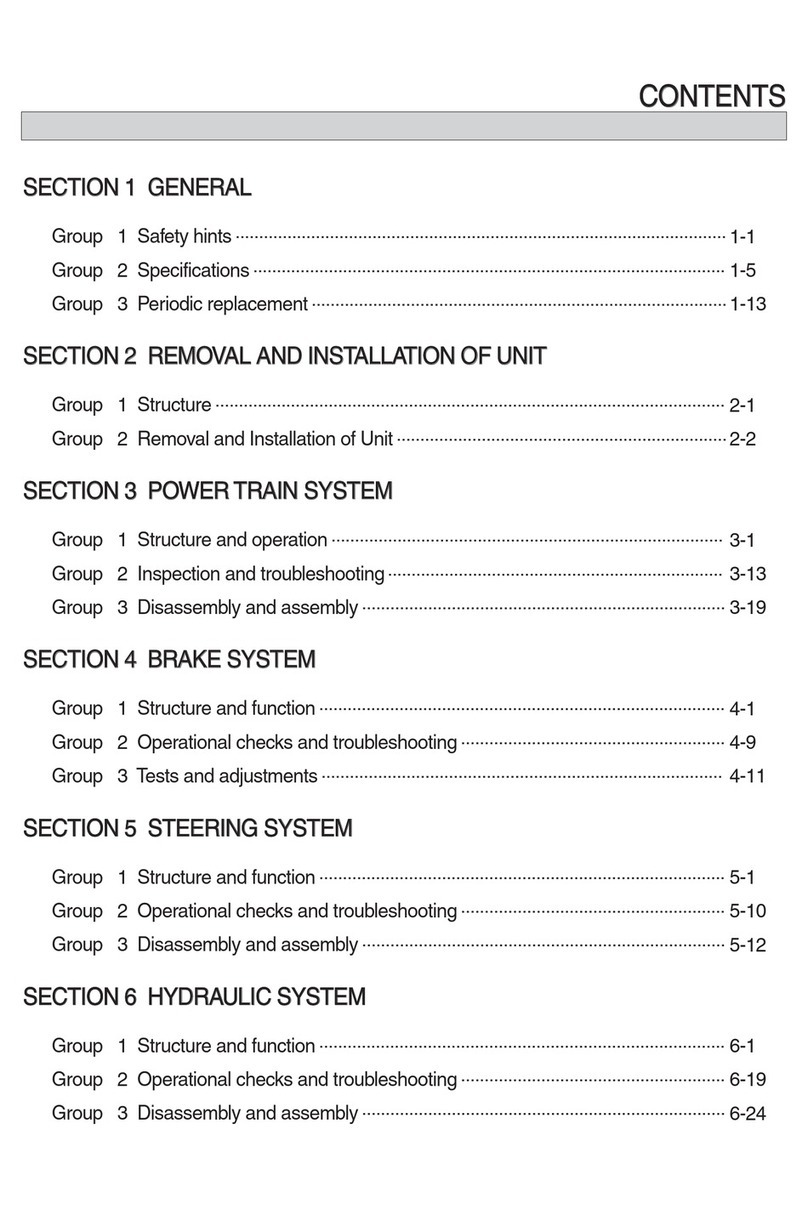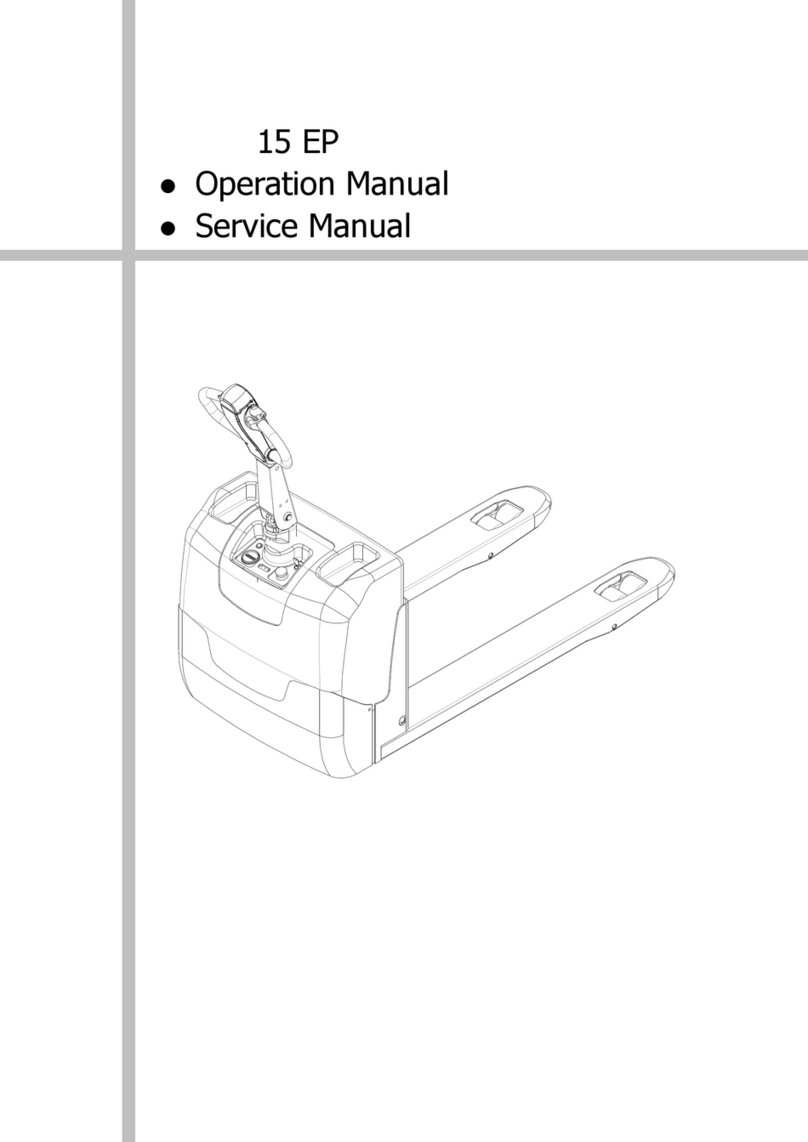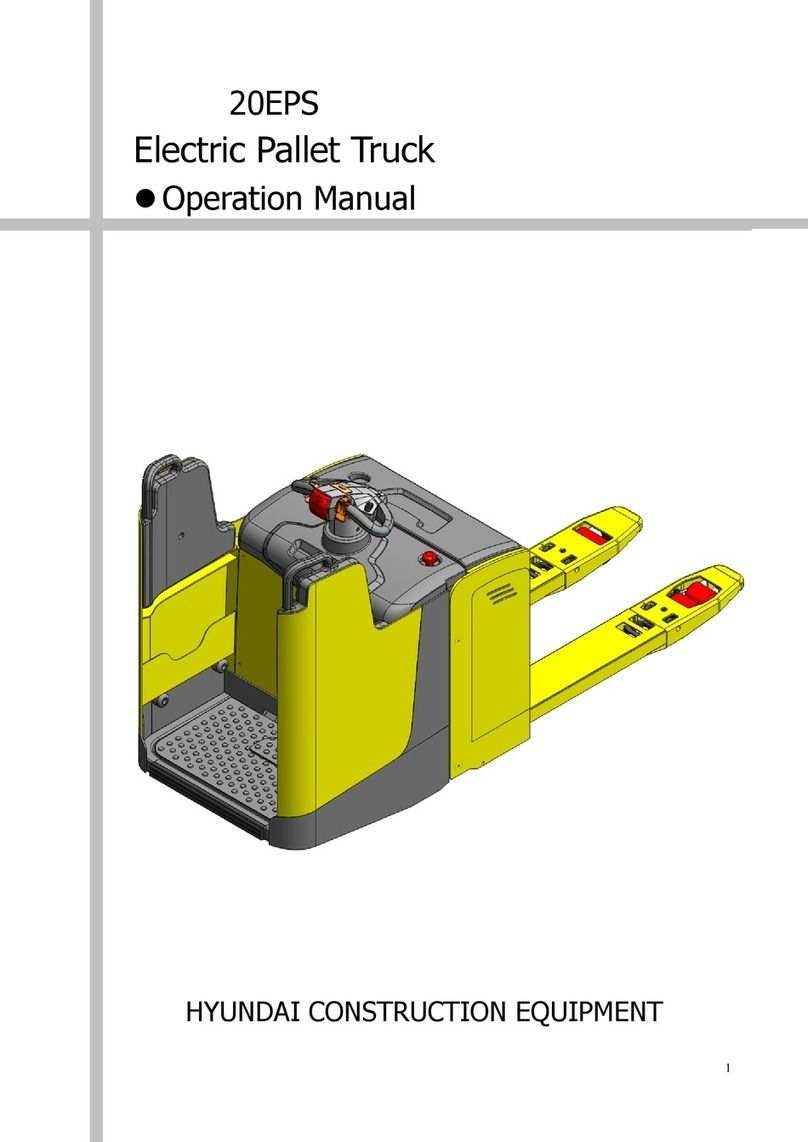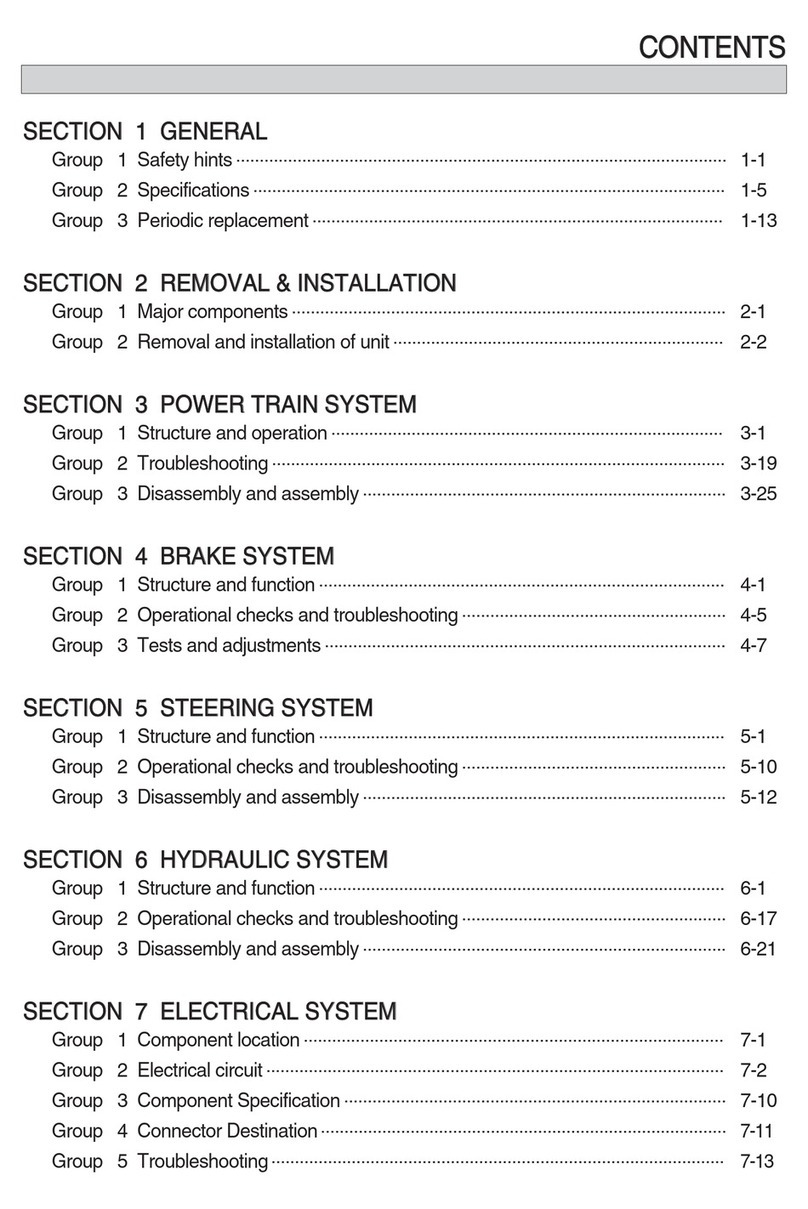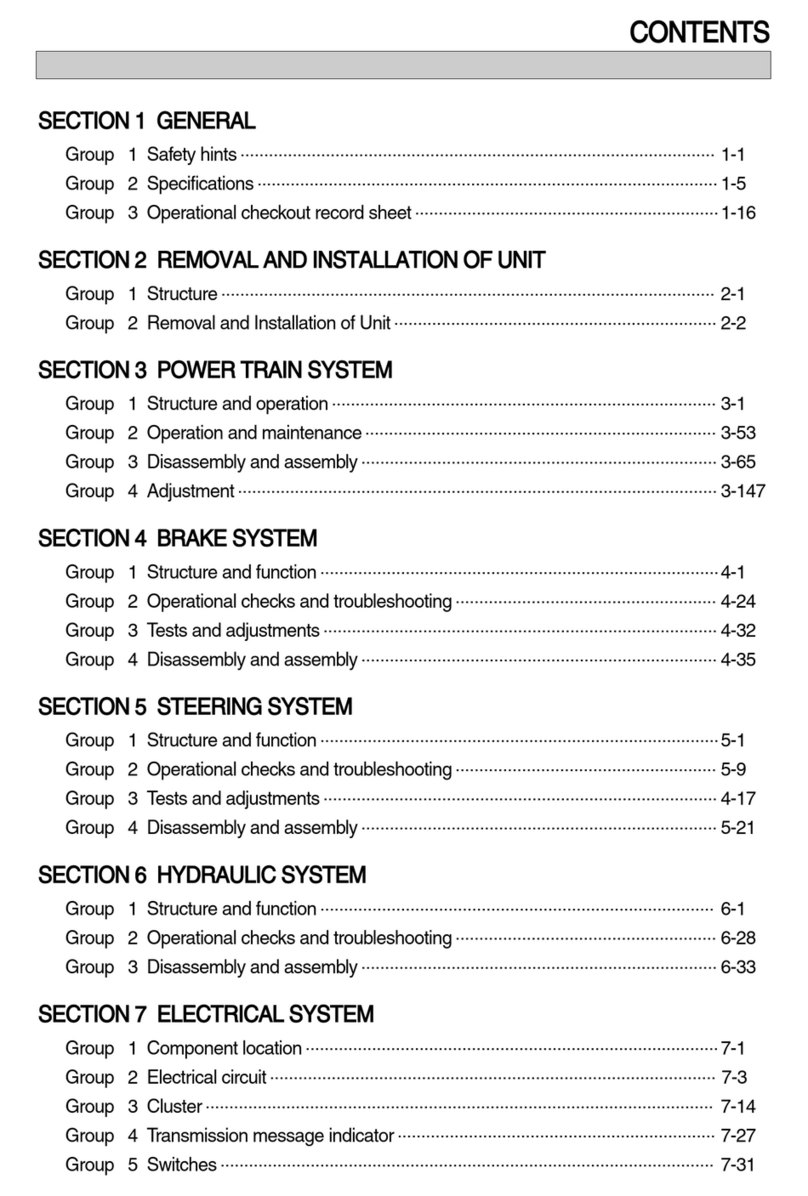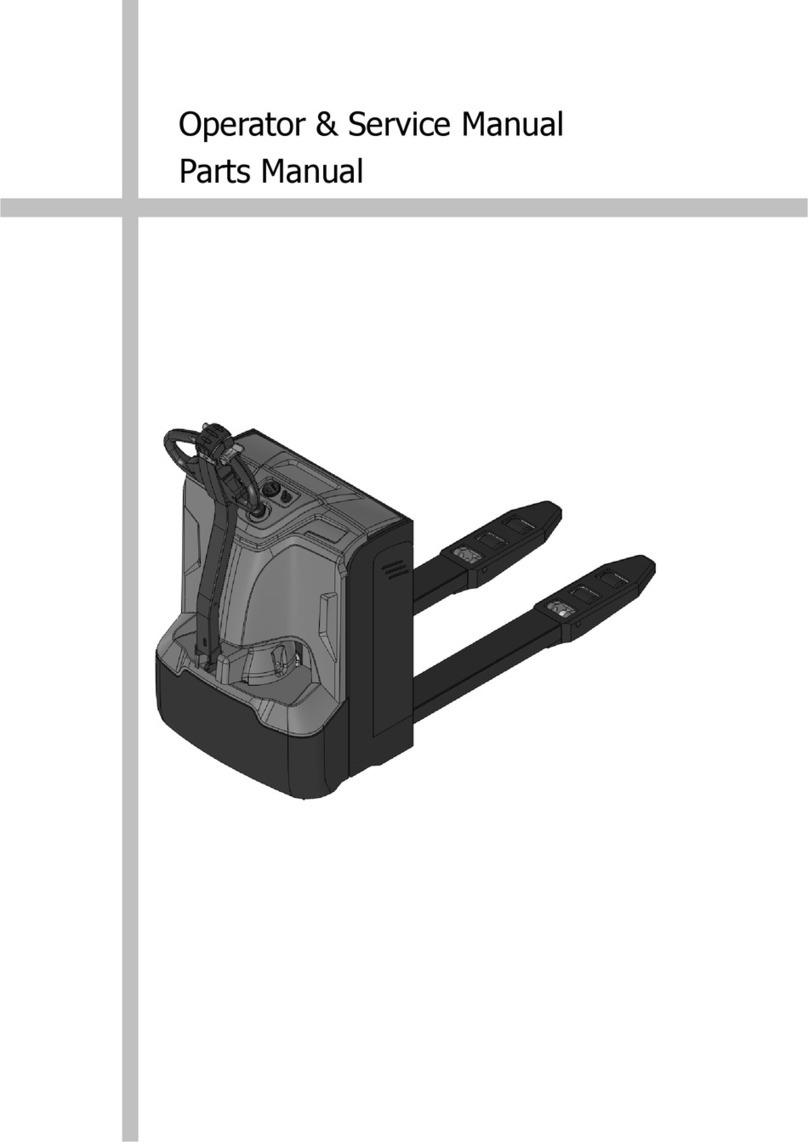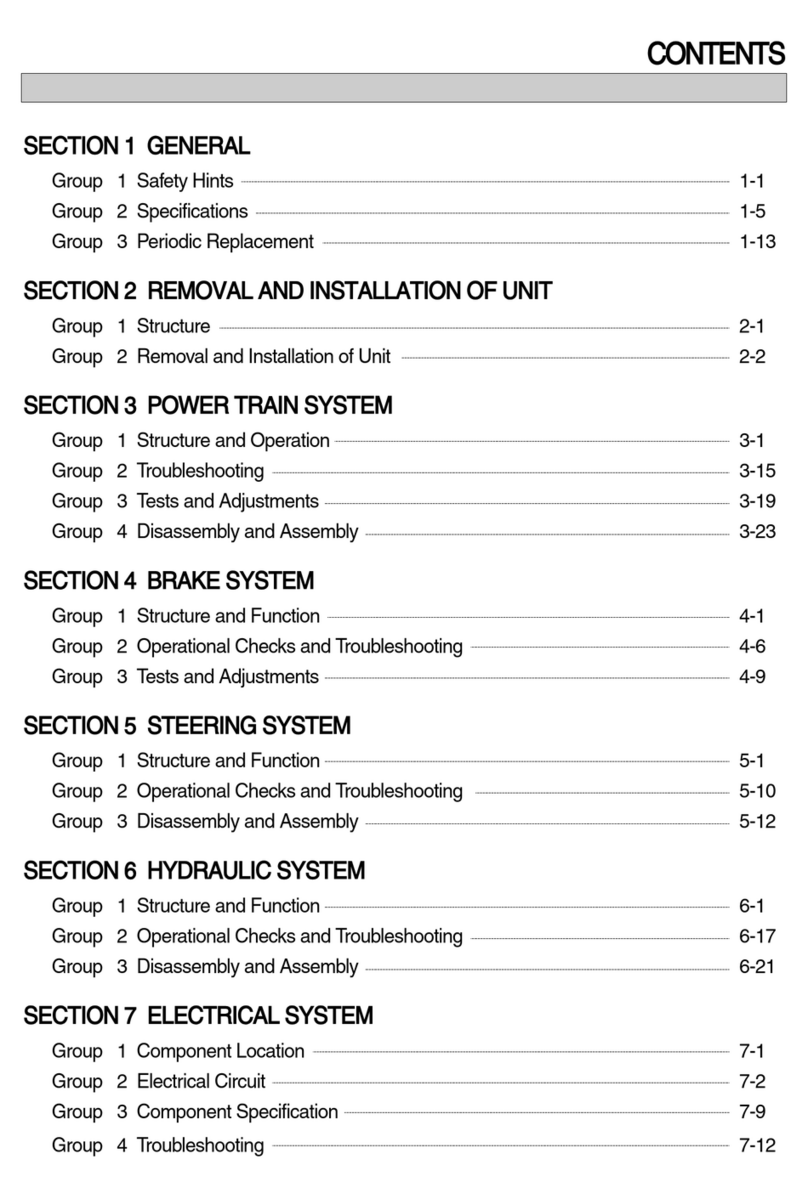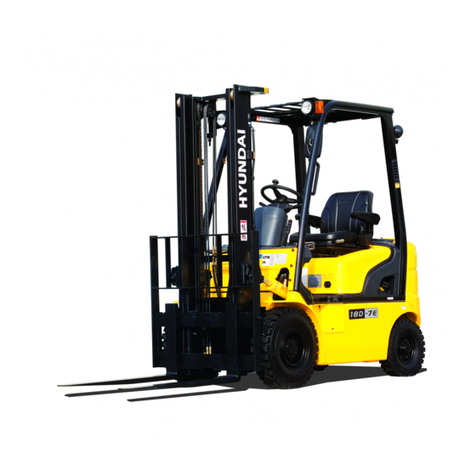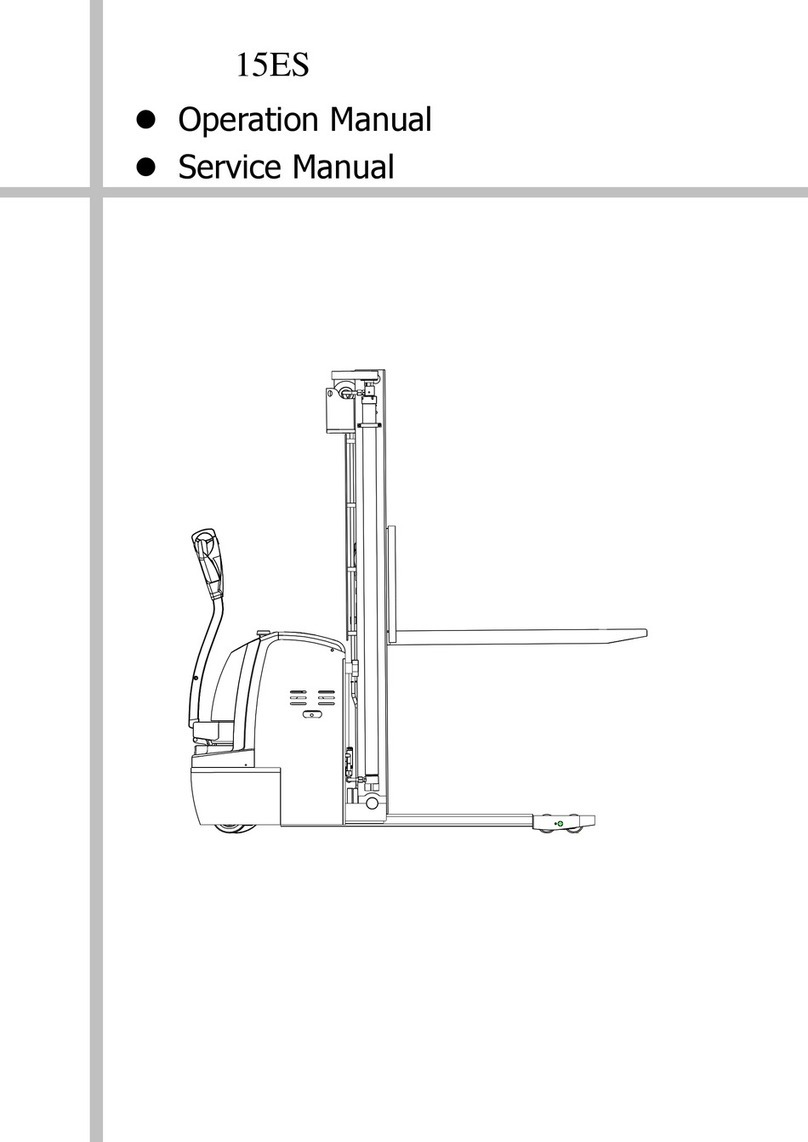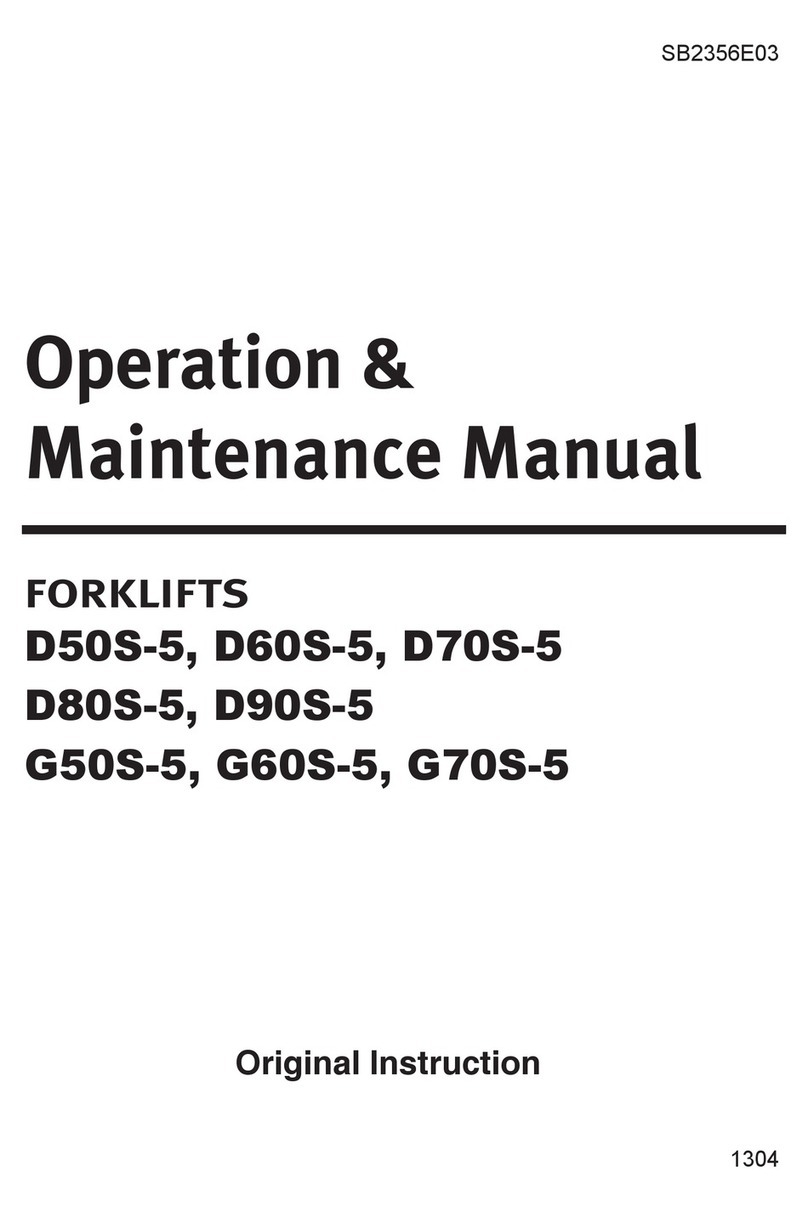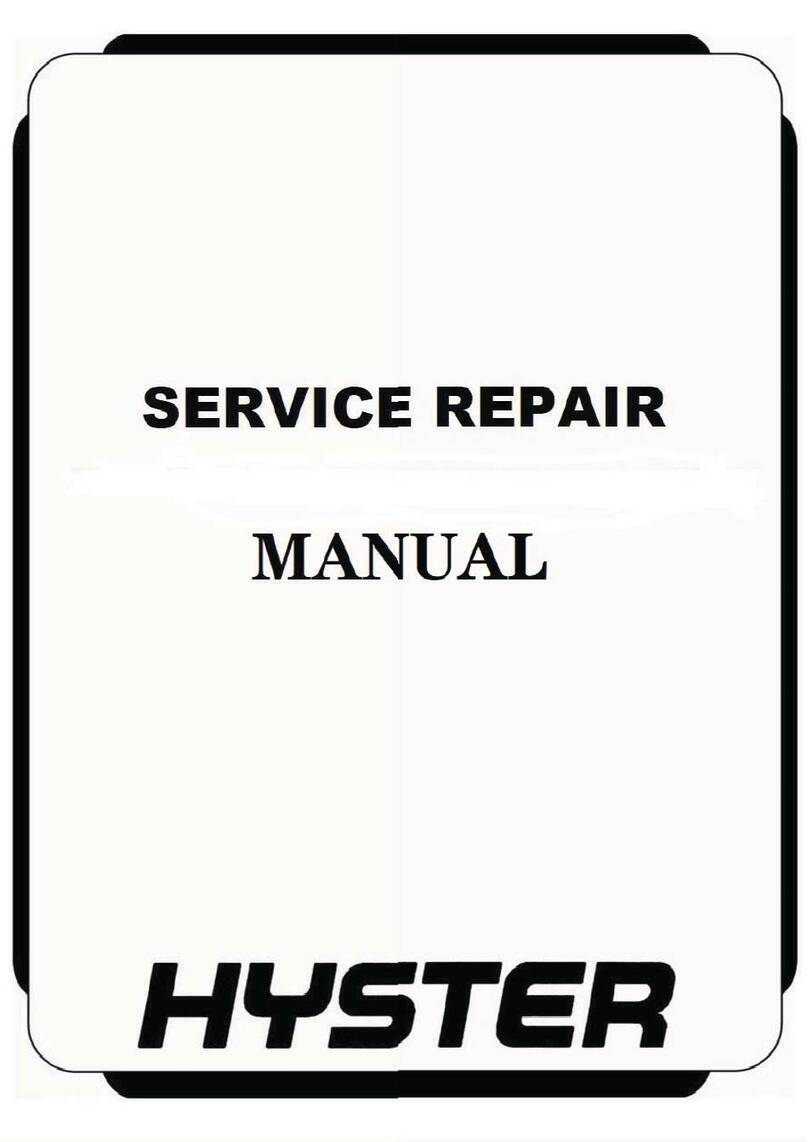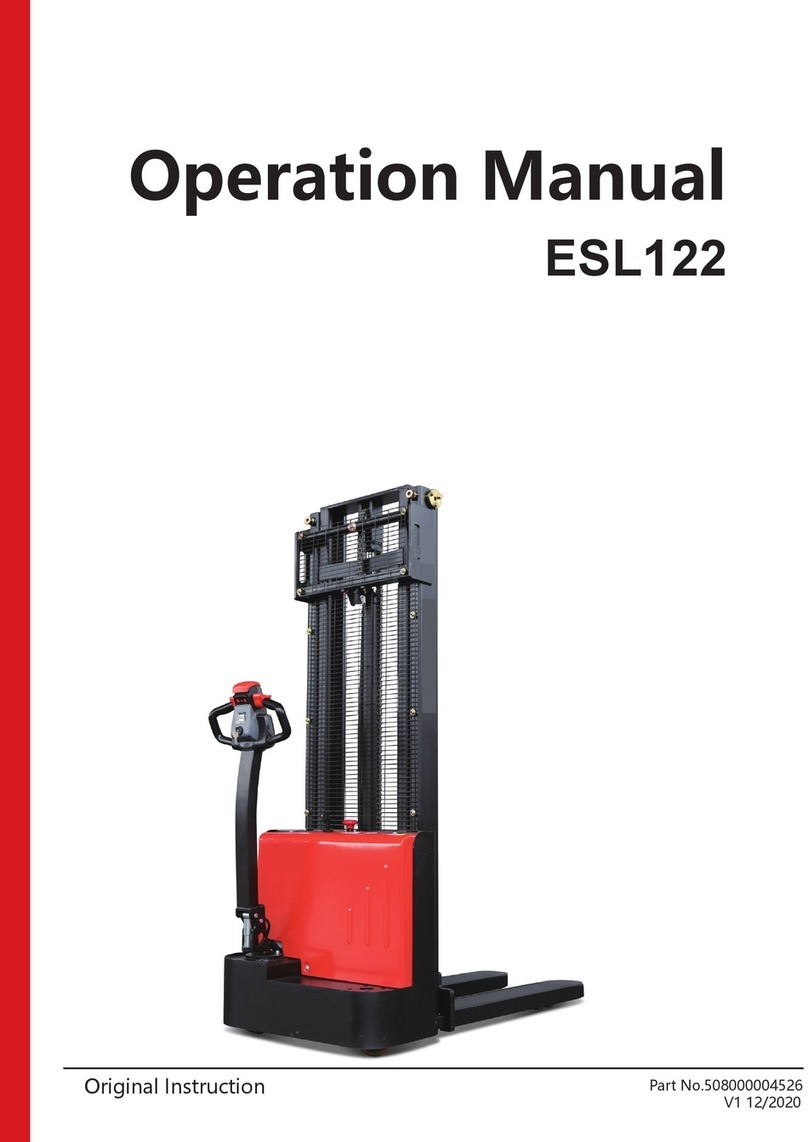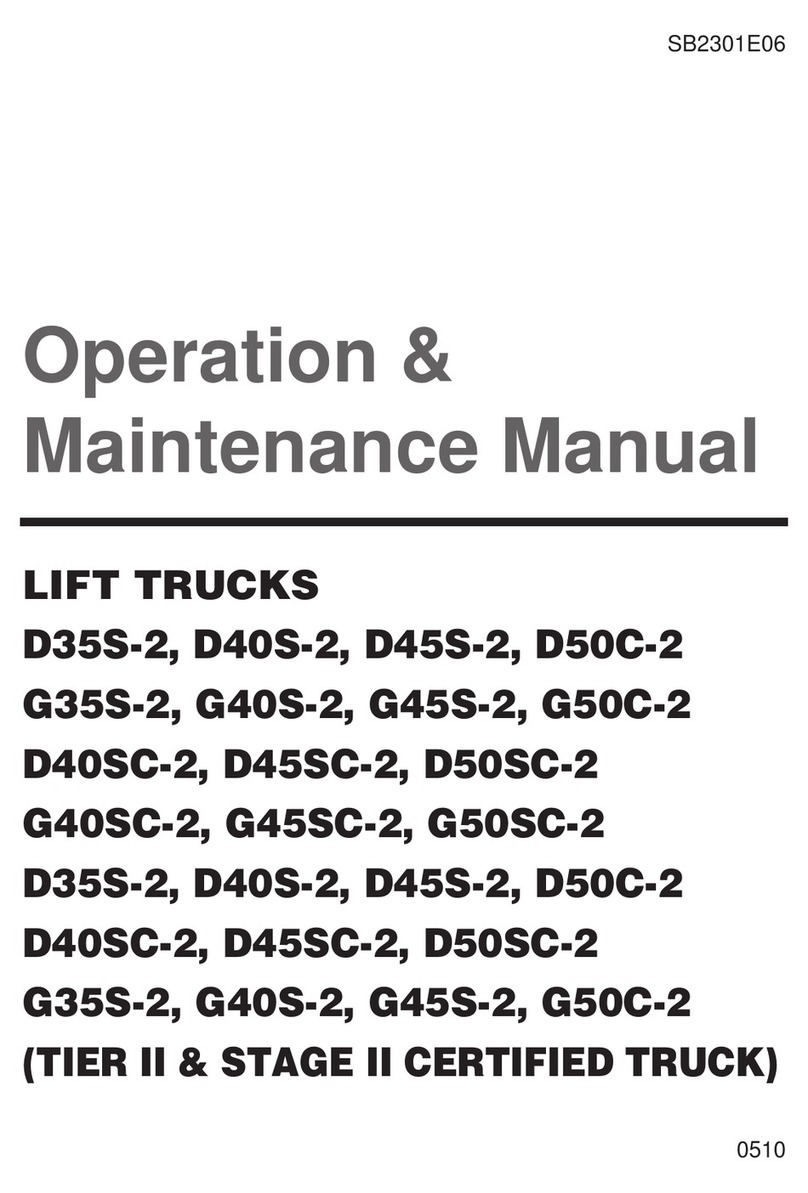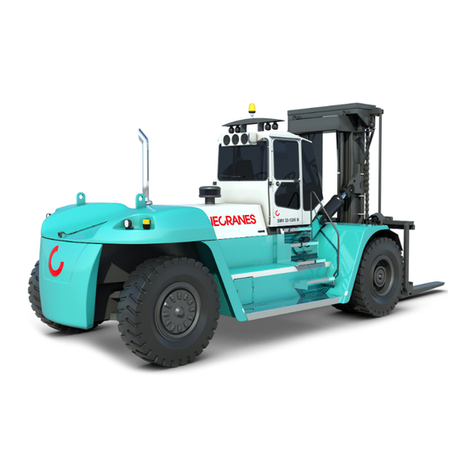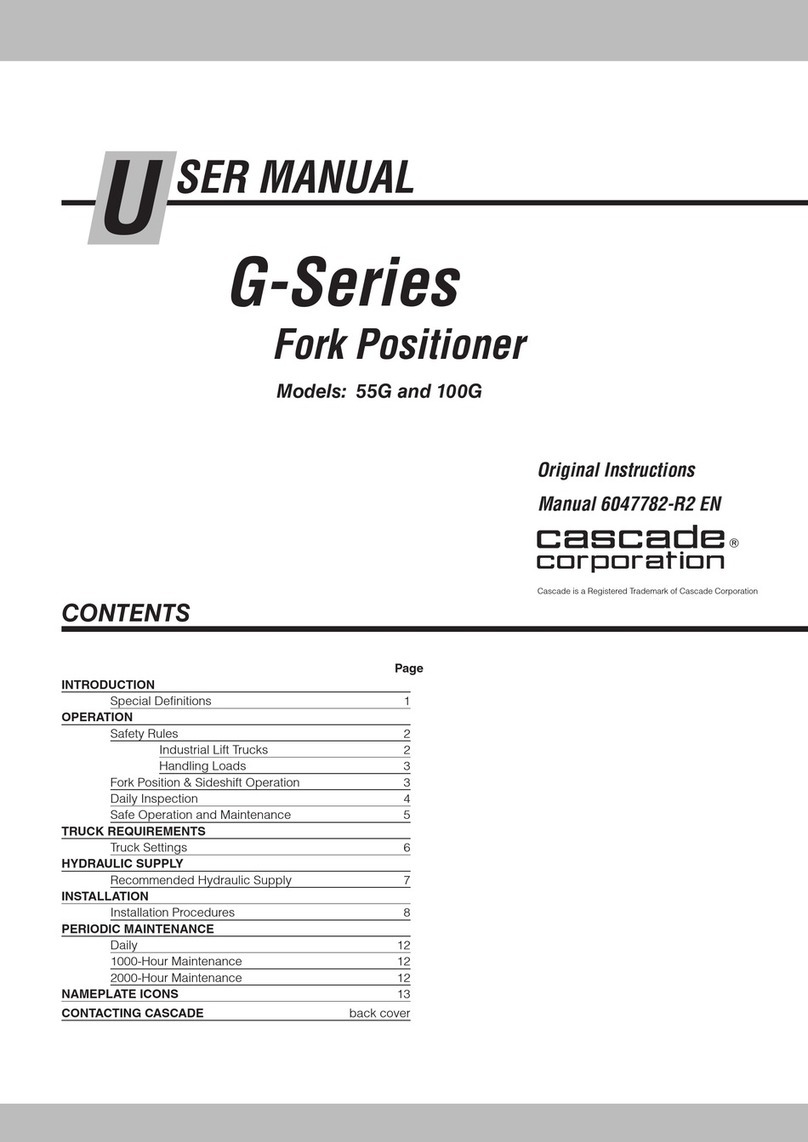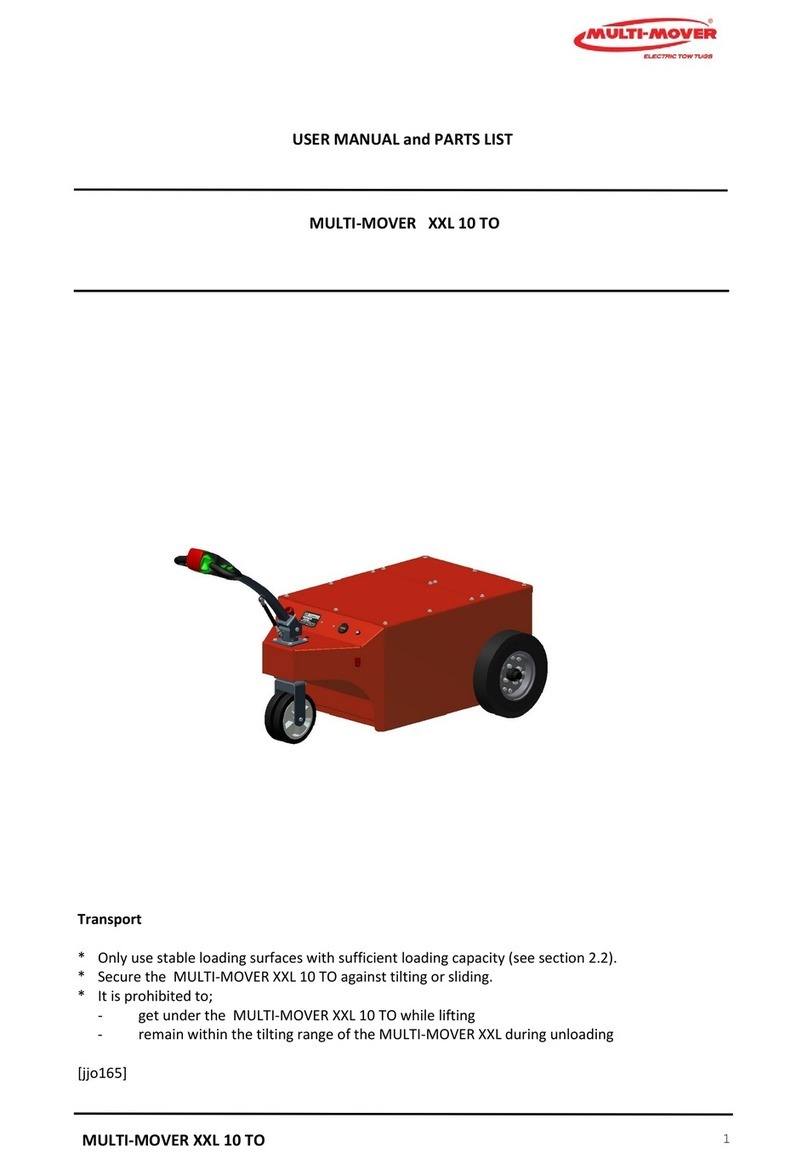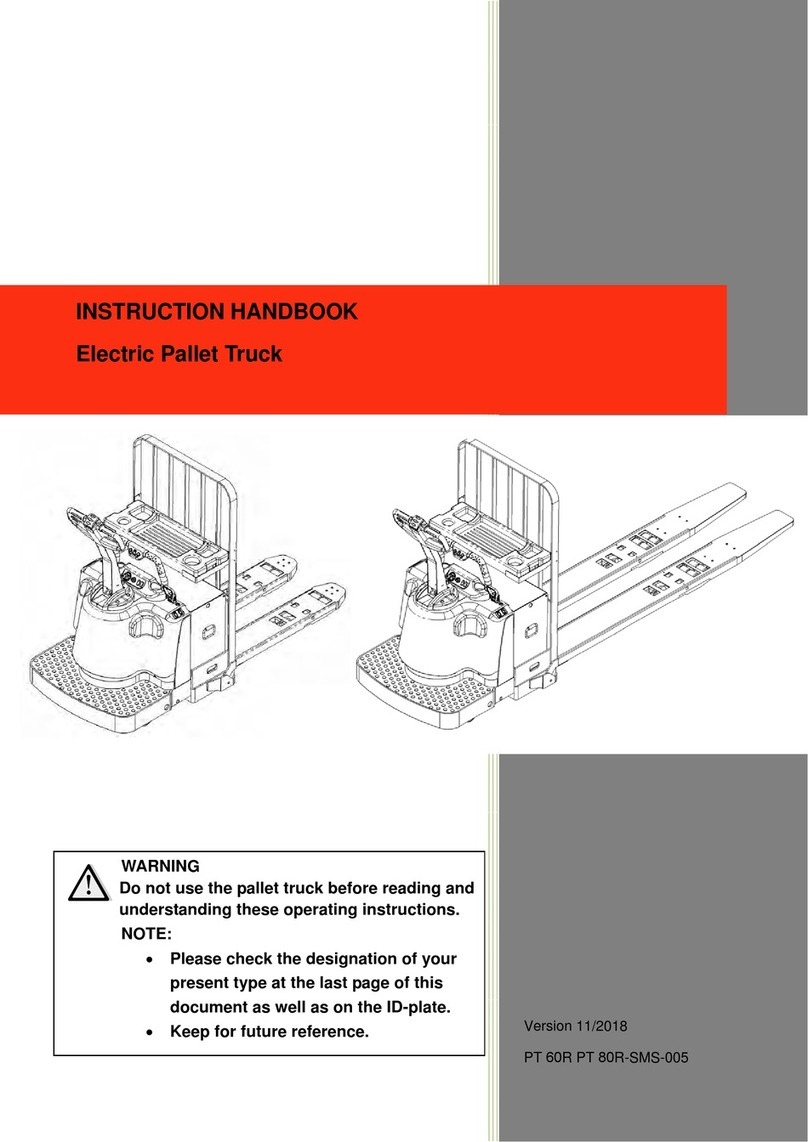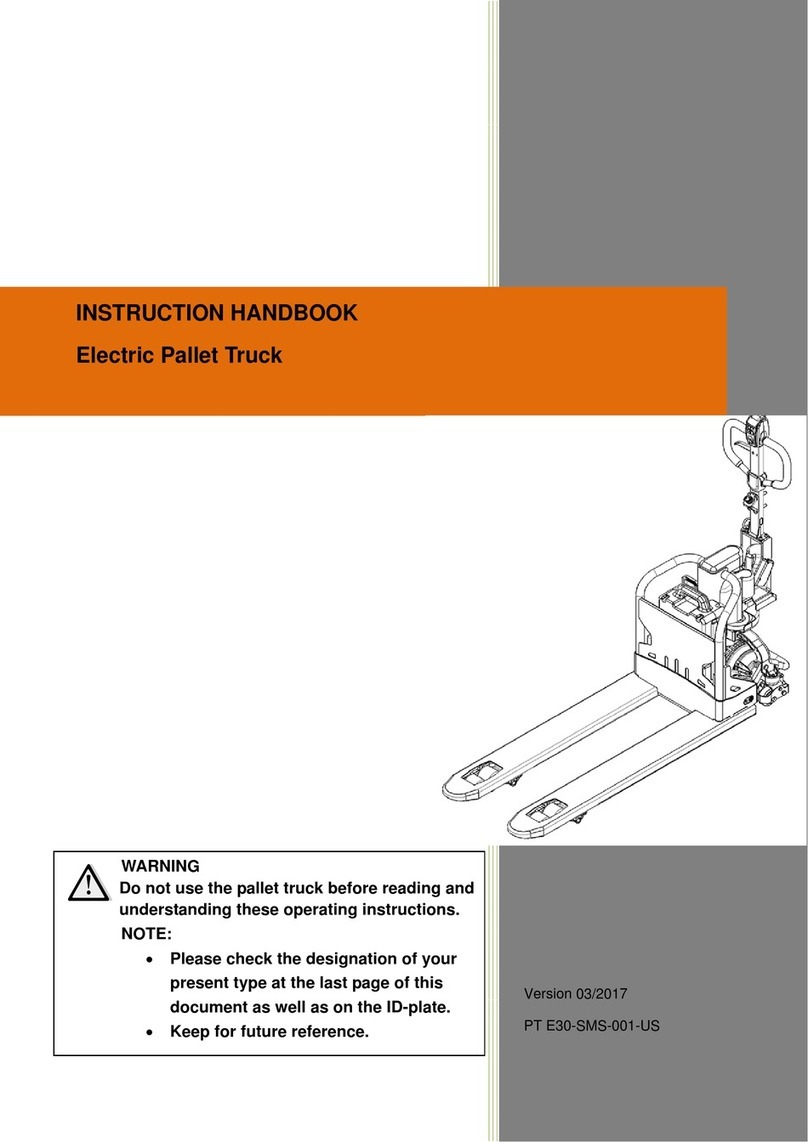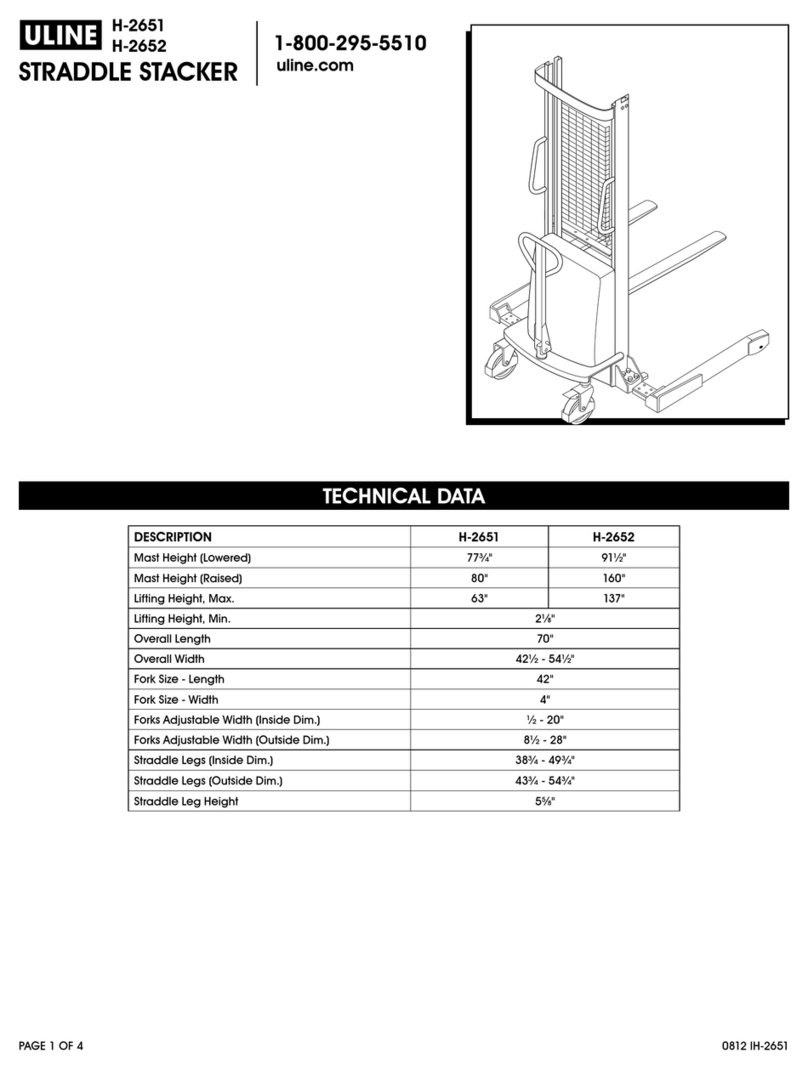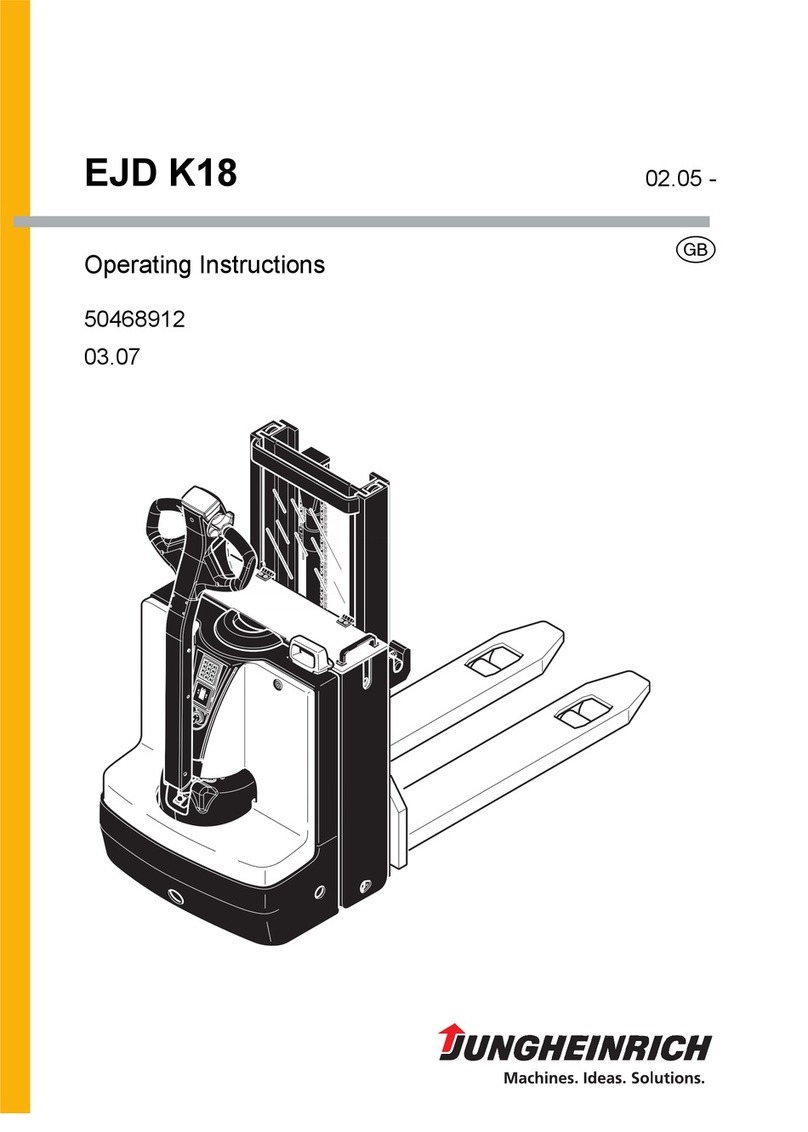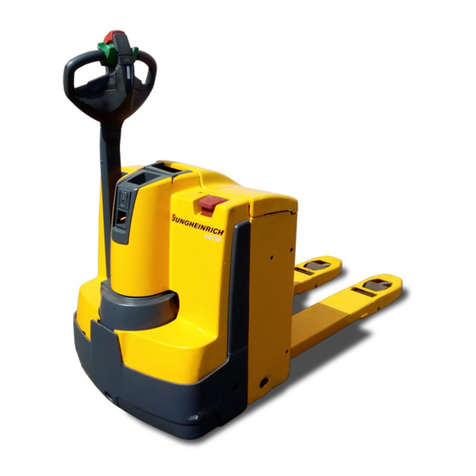8.Use, maintenance and charge of the storage batteries
8.1 Initial charge
Note: The charging environment requires good ventilation and there should be no open flame, otherwise
explosion may occur。
8.1.1 Initial charge should be conducted for batteries that have never been used. Before the initial charge,
the surface of the batteries should be cleaned and the batteries should be examined for damage. The
bolts should be tightened to ensure reliable connection。
8.1.2 Pull out the sealing cover and replace it with the open cover type liquid hole plug and open the
cover.。
8.1.3 When the charging equipment is able to operate normally, pour the sulfuric acid electrolytic solution
with a density of 1.260±0.005 (25℃) and a temperature of lower than 30℃ into the batteries.
The liquid surface should be 15-25mm higher than the protective board. In order to reduce the
temperature rise caused by chemical reaction of the electrolytic solution and let the electrolytic
solution fully penetrates into the pores of the polar plates and the baffles, the batteries should be
placed still for 3-4 hours, not exceeding 8 hours. The initial charging can only be conducted when
the temperature of the solution reduces to below 35℃. (When necessary, the batteries can be put
into cold water for temperature reduction). After the still placement, if the surface of the solution
reduces, electrolytic solution should be added.
8.1.4 The sulfuric acid electrolytic solution is prepared with battery sulfuric acid complying with the
state standard GB4554-84 and distilled water. Never use industrial sulfuric acid and running water.
The standard temperature (25℃)and density of the electrolytic solution can be converted as
follows:
D25 = Dt+ 0.0007 (t-25)
Where: D25: the density of the electrolytic solution at 25℃
Dt: the actual density of the electrolytic solution at a temperature of t ℃.
t: temperature of the electrolytic solution when testing the density。
8.1.5 Sweep the electrolytic solution on the surface of the batteries and connect the positive and the
negative poles of the battery group respectively with the positive and the negative ends of the DC
power supply (charger). Turn on the power supply. First charge with 18A (the first stage current,);
when the voltage reaches 28.8V (12 × 2.4V = 28.8V), change to the second stage current 9A and
continue to charge. The temperature of electrolytic solution during the process of charging must not
exceed 45℃ and when it is close to 45℃, the charging current should be reduced by 50% or the
charging should stop temporarily. Wait till the temperature reduces to 35℃ to continue the
charging. The charging time, however, should be properly prolonged。
8.1.6 Fully charged basis: When the voltage during the second stage charging reaches 31.2V (12 × 2.6V =
31.2V), the variation of the voltage is no greater than 0.005 (V); the density of the electrolytic
solution reaches 1.080 ±0.005 (25℃), no obvious variation in 2 hours and there are fine air bubbles
appear violently, it can be deemed that the batteries are fully charged. The charged power capacity is
4-5 times of the rated capacity and the charging time is about 70 hours。
8.1.7 In order to accurately control the sulfuric acid content of the electrolytic solution, the electrolytic
solution density of the batteries should be examined during the last period of charging. If there is
inconsistence, adjust with distilled water or sulfuric acid with a density of 1.40. The electrolytic
solution density and the liquid surface should be adjusted to the stipulated value within two hours in
the charging state。
8.1.8 After the initial charging is completed, the surface of the batteries should be cleaned. Close the
cover of the open cover type liquid hole plug and then the batteries can be used。
8.2 Use and maintenance
8.2.1 In order to guarantee the service life of the batteries, the batteries in use should be fully charged.
Insufficiently charged batteries must not be used. During the process of use, close attention should
